Toys Through Time: Yorkshire toy museum owner shares recent collection including 19th century doll, sailing boat, Martinique cloth dolls, yo-yo and board game used for education
Owners Alex Samuel and her husband John had been collecting historic toys for years before they opened Ilkley Toy Museum in 2001. Every year Mr and Mrs Samuel host various events and exhibitions that give the public a chance to explore their vast collection, some of which date back to the fourth century.
During the week, they pack their toy collection in suitcases and wall-to-wall display cases and take them to schools where children, from the ages of five to seven, can learn all about toys through history.The incredible collection includes Martinique cloth dolls, a sailing boat and a yo-yo.
Now, the pair are preparing for a busy 2024.
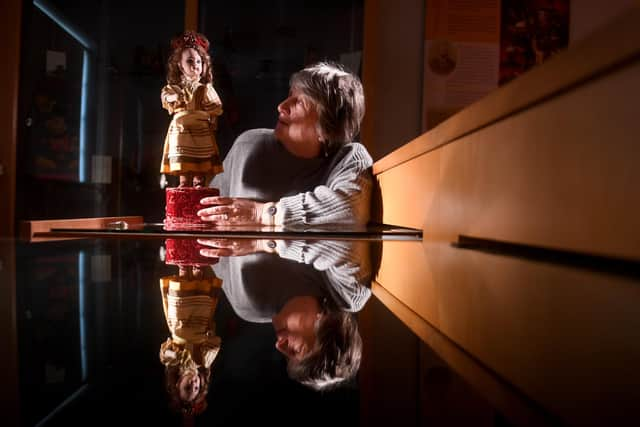

Advertisement
Hide AdAdvertisement
Hide Ad“During the week, 90 per cent of what we do is for schools. Exhibits change throughout the year,” Mrs Samuel told The Yorkshire Post. “Most children have a subject called Toys Through Time, so they’re learning about different times by looking at toys from different eras. We take out suitcases with a range of toys from the 1890s up to the 1990s and they come with a little story.
“It gives them a feel of different eras and what people had or didn’t have. Through that they also get that constant like dolls or teddies, we’ve all had them. It’s also a useful topic for materials, so you look at what things are made of.”
Ilkley Toy Museum evokes a sense of nostalgia in everyone.
“I think everybody remembers their childhood toys; their favourite things, their names, their little stories, who gave them to them, often they are TV related,” Mrs Samuel said. “We often get toys when people are clearing out their parents’ homes. I’ll take something if it’s got a really nice story with it, a name, a little bit of history behind it, maybe even some photographs that tell that child’s story.
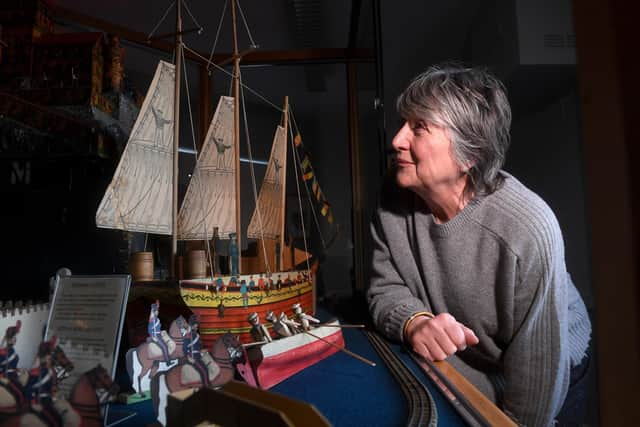

“There’s a set of toys that we have from one particular lady, who came with a nice little story about how she travelled around the world with her parents, these were her favourite toys, she went everywhere with them.”
Advertisement
Hide AdAdvertisement
Hide AdOne of their toys, a Terracotta doll, helps to educate people about the 19th century.
“It is useful from an educational point of view because you can say that there have always been toys or dolls in some form for as long as there have been children,” Mrs Samuel said. “I tried to play with things that happened in the home; tools and tea sets, miniature kitchens, little houses, just copying what’s at home. It’s reflecting adult life.
“Some of the Victorian kitchens, houses were there as educational things as well; the theme of learning, teaching girls, at the time, how to look after a home, how the shop works. We have a big metal and copper stove in the museum, which you can light, it’s got oil burners in it and you can really cook with it. The one we’ve got is quite big, it certainly came from a well-to-do home.
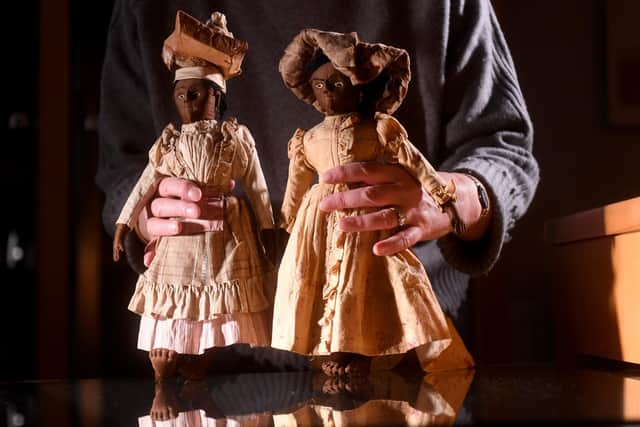

“If you look at toys like Barbie, obviously still going strong, Barbie has grown to reflect that change in roles, her roles have changed from Barbie and nurse to astronaut and surgeon, so she’s really changed with the times.”
Advertisement
Hide AdAdvertisement
Hide AdOne of their recent collections includes an 1890 French tea server doll called Automata.
Mrs Samuel added: “The other really nice thing that we recently put out is a doll called Automata from 1890; she is a tea drinker, she’s dressed in a Russian-style costume. You wind her up and she’s got a teapot in one hand and a tray with cups and saucers in the other and little music plays while she lifts the teapot up, pours the cup of tea and then presents the tray to you.
“She’s lovely. They were for adults as much as they were for children. [Adults] would display them in the rooms.”
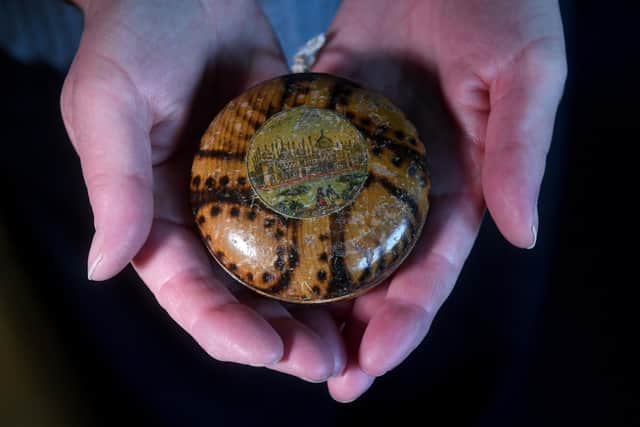

Mrs Samuel described some new rare toys in their collection ahead of events coming up this year.
Advertisement
Hide AdAdvertisement
Hide Ad“We’ve got an absolutely fantastic toy boat, it’s called The Volunteer by a company called W.S. Reed from 1882, so it’s lithograph paper and wood,” she said. “It’s really colourful, a couple of feet long, a couple of feet high, complete with its sails and flags and sailors on board. We’ve got a couple of what we call Martineek fabric dolls, probably from the little Caribbean island Martineek.
“They’re so unusual, I’ve never seen anything like them before from [date], they show the mistress of the house and her housekeeper going out shopping. The housekeeper has got a basket on the top of her head full of fruits and objects, then there’s the mistress of the house who is slightly better dressed and she’s got a little pocket at the front of her dress to keep her money in.
“They are beautiful, they are a very rare pair of dolls and we’re so pleased to have them. I got them at a big toy fair in London. I suggested to my husband that a trip to Martineek might be in order.”
Mrs Samuel explained the usual process of finding toys and learning about their history and backstories.
Advertisement
Hide AdAdvertisement
Hide Ad“We’ve learned quite a bit over the years we’ve been collecting,” she said. “There are fairly established makers in the toy markets over the years, so your eye tends to know where things may have come from. Nearly all the toys we acquire are coming through specialist auction houses.
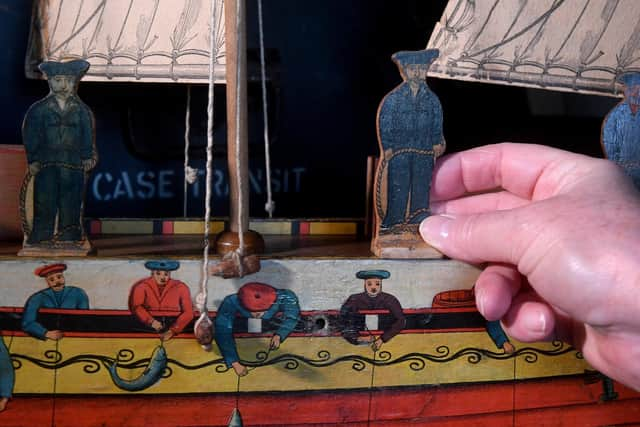

“Dolls like [Automata] are marked on the back of their heads so you can find out the maker. They are fairly well documented on dates. The boat said it on the deck, very helpfully. [Toys] like the Martinique dolls will take some work. Since they’ve got some beautiful dresses we need to focus on the date of the fabric and look at it that way.”
Comment Guidelines
National World encourages reader discussion on our stories. User feedback, insights and back-and-forth exchanges add a rich layer of context to reporting. Please review our Community Guidelines before commenting.
